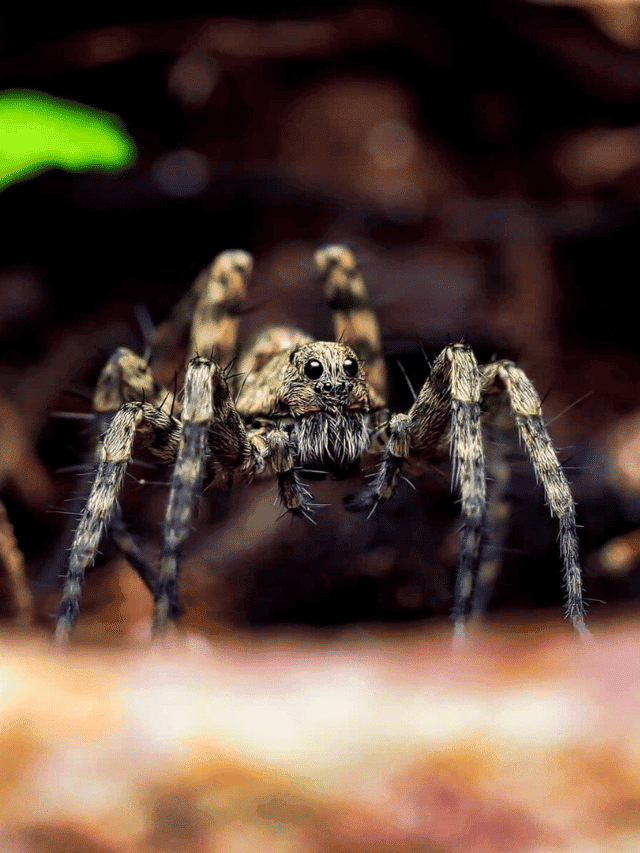In this post we’ll compare two extremely similar looking spiders – the Wolf Spider and Brown Recluse Spider.
Introduction
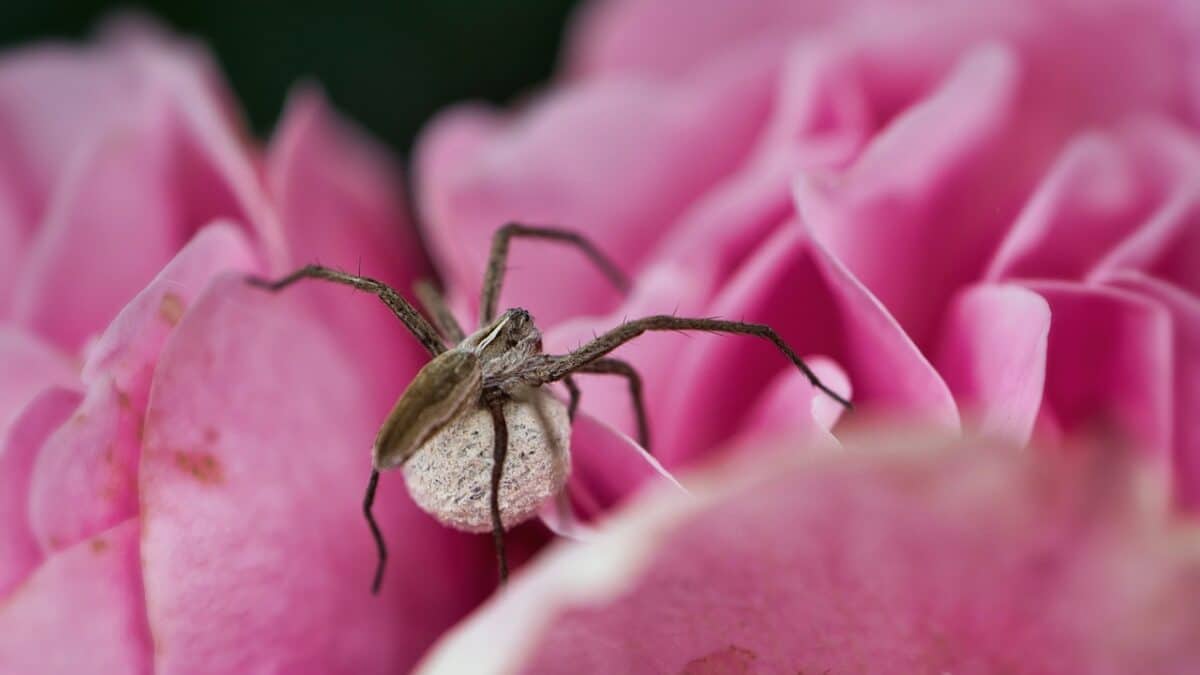
Spiders are essential in maintaining the balance of our ecosystem by reducing the insect population. With over 45,000 species of spiders worldwide, there is an ocean of information and facts to uncover about them.
Two spider species, the Wolf Spider (Lycosidae) and the Brown Recluse spider (Loxosceles recluse), are very similar in appearance! However, they differ significantly in their habitats, behavior, and possible hazards to people.
Appearance and Identification
Wolf Spider
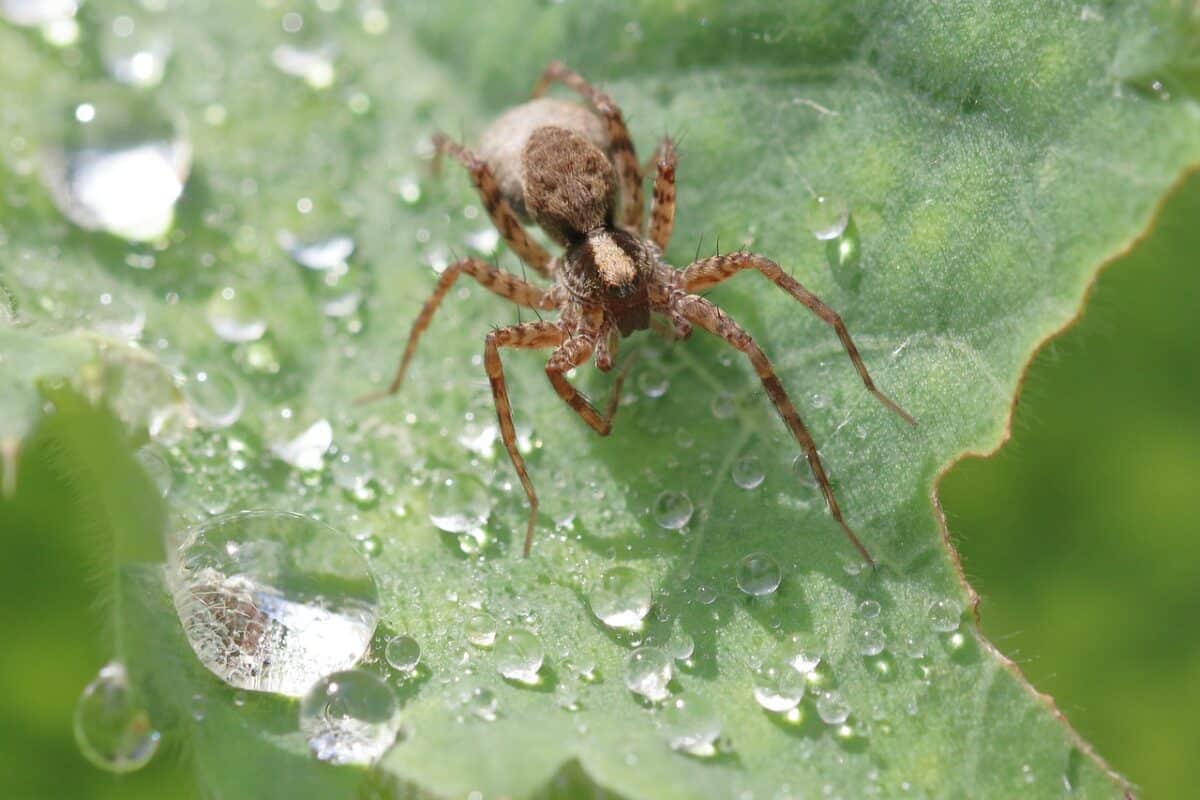
Wolf spiders are generally medium to large, measuring 0.25 to 1.5 inches long. Their coloring ranges from brown to black to gray, with certain species having more pronounced markings or patterns on their bodies. This helps them camouflage well in their natural environments.
Wolf spiders possess eight eyes arranged in three rows – four small ones in the first row, two large ones in the second row, and two more small ones in the last row. This unique eye arrangement gives them excellent vision, allowing them to hunt and detect prey and potential threats.
Wolf spiders are solitary, ground-dwelling hunters who use their speed and stealth to ambush or track down their prey, typically insects and smaller spiders. They are found in various habitats, including forests, grasslands, wetlands, and even human buildings such as gardens and dwellings.
Brown Recluse

The brown recluse spider is typically smaller than the wolf spider, with a body length ranging from 0.24 to 0.79 inches. They are usually brown or tan, as the name implies, which helps them blend in with their surroundings.
Brown recluse spiders are distinguished by a distinctly dark, violin-shaped pattern on their cephalothorax (the fused head and thorax). This marking, along with their size and color, can help identify the species.
Like wolf spiders, brown recluse spiders have eight eyes, but their arrangement is quite different. They have three pairs of eyes, each organized semi-circularly, creating a “triple dyad” pattern – a unique characteristic among spiders.
Brown recluse spiders are nocturnal, preferring to hide during the day in secluded areas such as woodpiles, unused clothing, and storage boxes. They commonly build irregular, off-white webs. These are mainly used for nesting and molting rather than to capture prey. Their preferred habitats include forests, fields, and sometimes human residences in rural or suburban areas.
Distribution and Range
Wolf Spider
Wolf spiders are found on every continent except Antarctica, making them one of the most widespread spider families in the world.
In North America, wolf spiders can be found throughout the United States, Canada, and Mexico, spanning various habitats and climates.
Brown Recluse
The brown recluse spider is primarily found in the United States, with a few sightings reported in South America and Europe. However, these occurrences are rare and likely due to accidental human transportation.
The brown recluse spider’s range within the United States is primarily restricted to the southern and central states. The highest concentration is in Texas, Oklahoma, Missouri, Arkansas, Louisiana, Kansas, and Mississippi. Their range can occasionally extend into neighboring states, but the populations are typically less dense there.
Behavior and Hunting Style
Wolf Spider
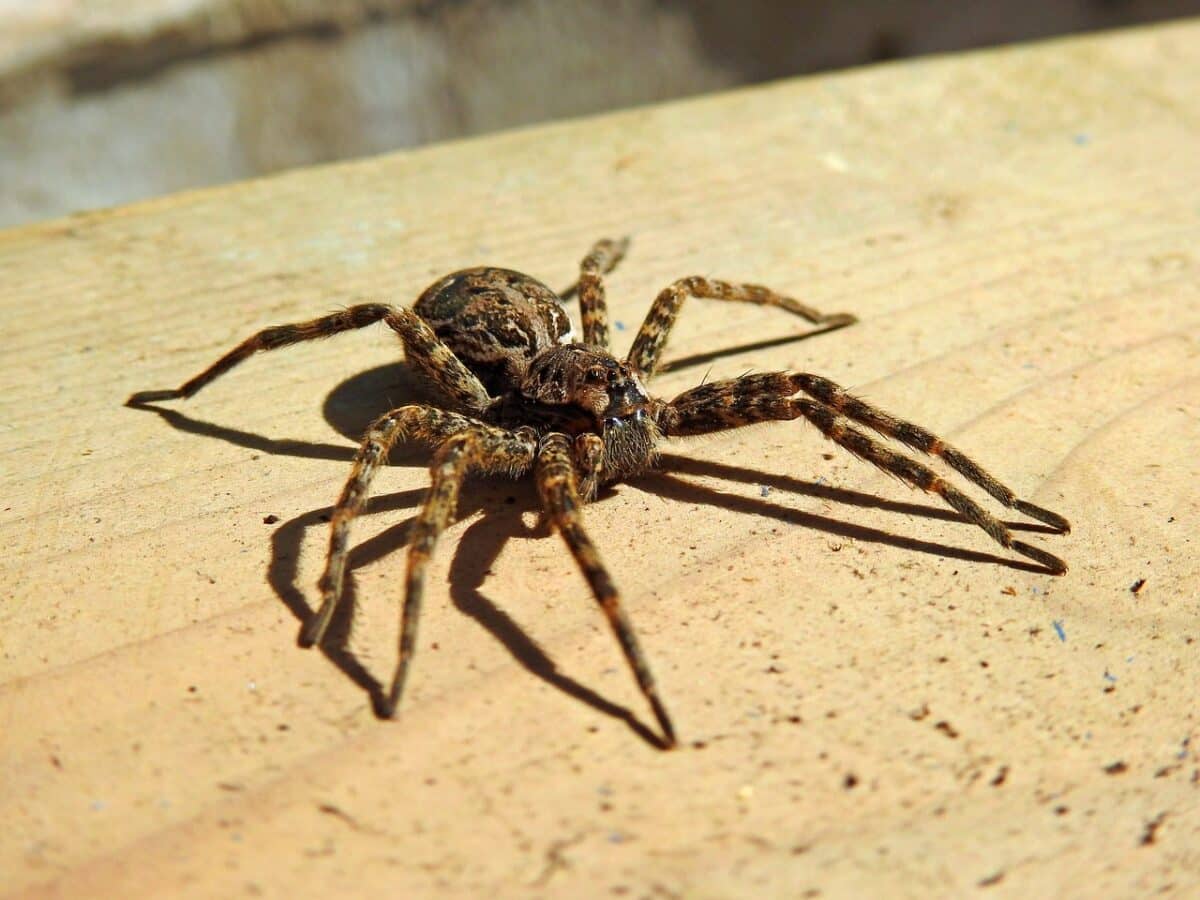
Wolf spiders are solitary creatures and prefer to hunt and live alone. They neither live in colonies nor work with other spiders to catch their prey. Living a solitary life helps them maintain their food supply and territory.
Unlike their web-spinning counterparts, wolf spiders do not weave webs to capture prey. Instead, they actively hunt and stalk their victims at night using their excellent vision.
Their eyes, consisting of four large ones at the front and two more minor pairs on each side, give them a broad view to detect potential prey.
Brown Recluse
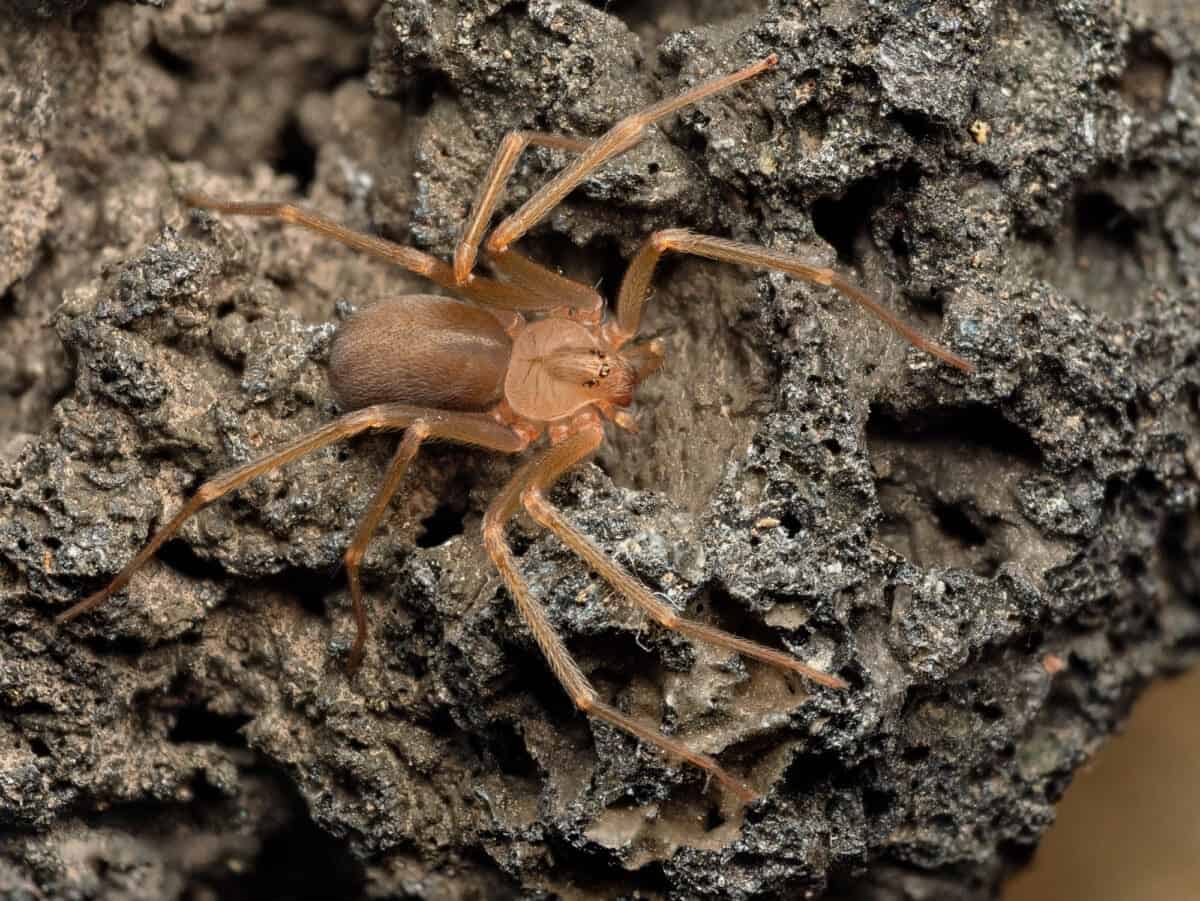
Like their wolf spider cousins, brown recluse spiders are solitary creatures that prefer to live and hunt alone. They also do not form colonies or cooperate with other spiders, ensuring their own food supply and territory.
Brown recluse spiders are well-known for their stealthy ambush-hunting style. They use the element of surprise to catch their prey in their webs, which they create in undisturbed areas like dark and secluded corners.
They remain hidden and motionless near their web, waiting for an unsuspecting insect to approach before quickly overpowering them.
Venom and Bites
Wolf Spider
While wolf spider bites can be painful, their venom is mild to humans. Symptoms may include swelling, erythema, and itching at the bite site – but these usually subside within a few days. Severe complications are rare, but immunocompromised persons and patients with notable allergies must seek medical attention immediately.
Wolf spider bites are rare, as they prefer to flee from humans rather than confront them.
Brown Recluse
The necrotic nature of a brown recluse spider’s venom, which causes the death of surrounding tissue, makes it potentially harmful to humans.
If left untreated, signs can involve discomfort, redness, and blistering at the bite site, which can progress to an open ulcer. These bites might result in serious problems such as infections or the need for medical treatment.
Like wolf spiders, they will generally only bite when threatened. These bites are rare, as brown recluse spiders prefer to avoid human contact.
Comparing Venom and Bite Severity
Wolf spider bites are generally less severe, with mild symptoms that tend to subside within a few days. In contrast, brown recluse bites may lead to more severe complications due to their necrotic venom, potentially life-threatening if not treated properly.
Pest Control and Management
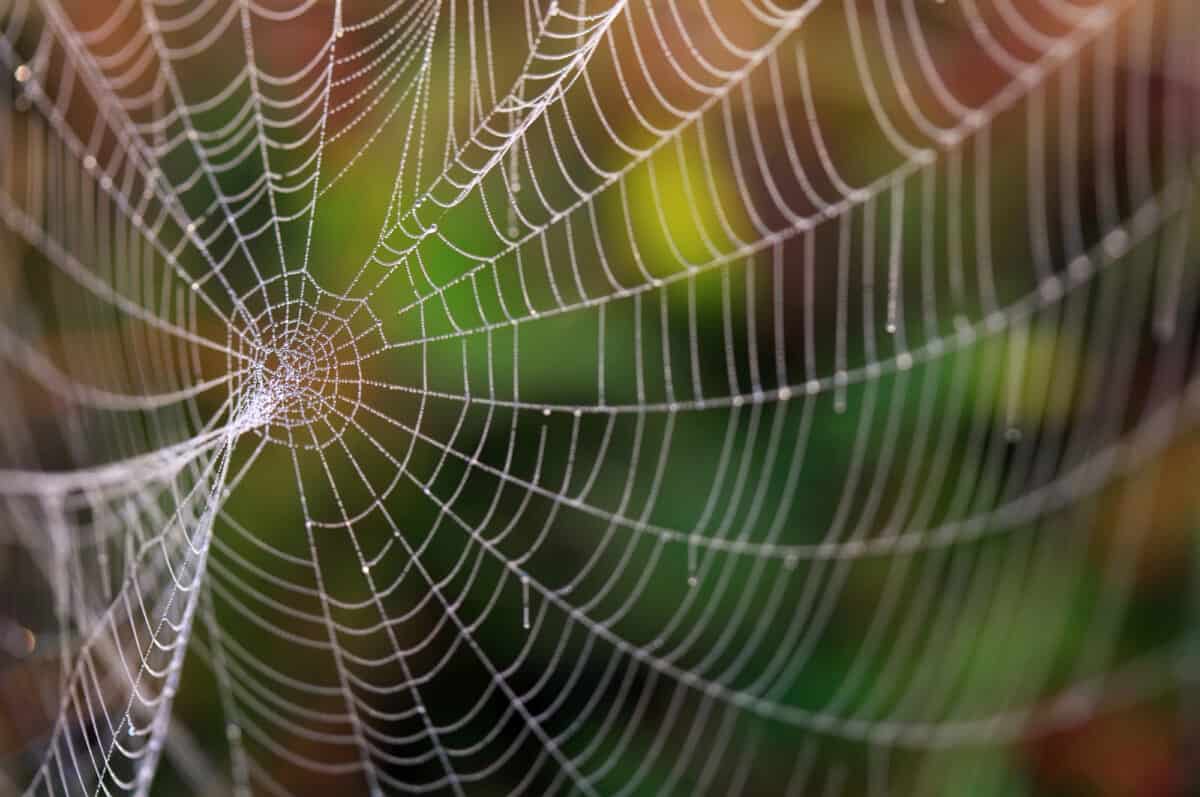
Both wolf and brown recluse spiders play an essential role in their respective ecosystems, as they help regulate insect populations. They feed on insects considered pests, such as mosquitoes, flies, and roaches, contributing to their habitats’ overall balance and health.
To reduce the likelihood of spider infestations, keep your home clean and clutter-free, as spiders tend to hide in undisturbed areas. Seal entrance points like cracks, crevices, and gaps. Keep vegetation away from the home’s exterior to discourage spider presence.
If you have an infestation, start by vacuuming or sweeping up any visible spiders, their webs, and egg sacs. Employ glue traps to catch crawling spiders, and consider using insecticides in targeted areas if necessary.
Reach out to a professional pest control service in case of a severe infestation, particularly for brown recluse spiders, as their bites can have serious health consequences.
It’s A Wrap!
Thank you for reading this article on the Wolf Spider and the Brown Recluse Spider! Learn more about a much larger and much scarier spider: Goliath Birdeater: The Biggest Spider In the World.
- Magpie Bird Is Reunited with Her Dog Best Friend - April 24, 2024
- Dog Saves Another Dog From Drowning in Fish Pond - April 23, 2024
- Man On Motorbike Rescues Cat From Highway - April 23, 2024

